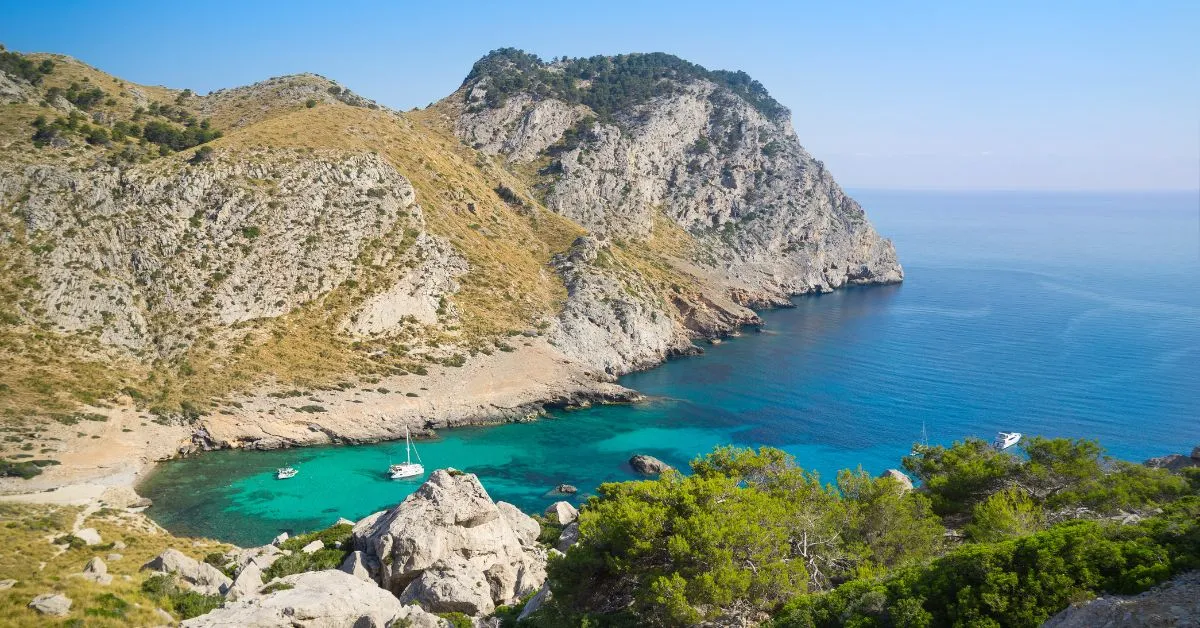Sumela Monastery, one of the most important religious tourism sites in Turkey, attracts the attention of visitors even at night with its shining appearance and illumination of its steep slope.
The Holy Virgin Monastery was built by carving out the sheer cliffs at a height of 300 meters in the Altendere Valley of Karadag in the Machka region not far from the Black Sea city of Trabzon. It offers its guests a picturesque experience mixed with nature, history and culture in all seasons and is also tentatively listed as a UNESCO World Heritage Site.
The site was closed to visitors in September 2015 due to the risk of landslides, and in February 2016 restoration by the Ministry of Culture and Tourism began. The renovation included landscaping, geological and geotechnical investigations and strengthening of the rock formations.
With the project 65% complete, the monastery was partially opened to the public on July 28, 2020.
The third stage of the restoration, which included the inner courtyard, was later completed and the part reopened to visitors on July 1, 2021. During that time, it has hosted nearly half a million visitors.
Excavations and restoration work have been carried out to clean the previously unexplored “cemetery chapel” and the “hidden chapel” with new frescoes in the monastery.
Crews are also working to remove the graffiti scrawled on the murals in the sanctuary. While the work inside the monastery continues, the landscaping has also accelerated. In this context, the exterior lighting of the monastery was also completed.
Sumela with the new lighting, offered a different beauty at night with its shining facade on the steep slope. Culture and Tourism Center Director Tamer Erdogan told Anadolu Agency (AA) that Sumela Monastery has a unique beauty due to its location.
He drew attention to the importance of the monastery for religious tourism. “As a result of very careful work by the ministry’s technical team, the renovation of the infrastructure and lighting was completed in about eight months.”
According to historical sources, many parts of Sumela Monastery were renovated in the 18th century, and some of its walls were decorated with frescoes that have been preserved and can still be seen today. With the addition of some large buildings in the 19th century, the monastery acquired its current magnificent appearance.
The Sumela Monastery consists of the main rock church, several chapels, a kitchen, monastic rooms, a guest house, a library and an ayazmo. The frescoes on the walls of the cave chapels belong to different periods spanning from the 12th to the 19th century.
Photo: Sumela Monastery | AA





















Discussion about this post